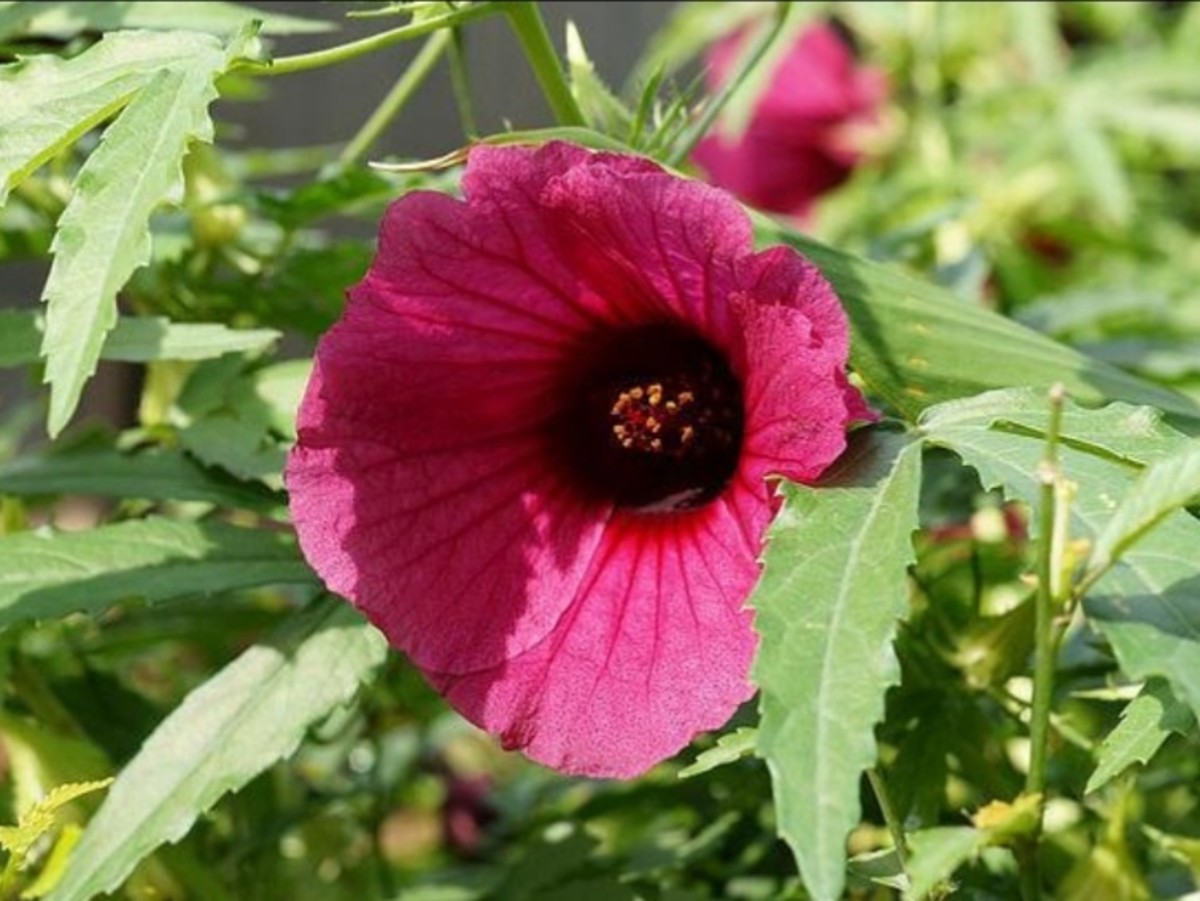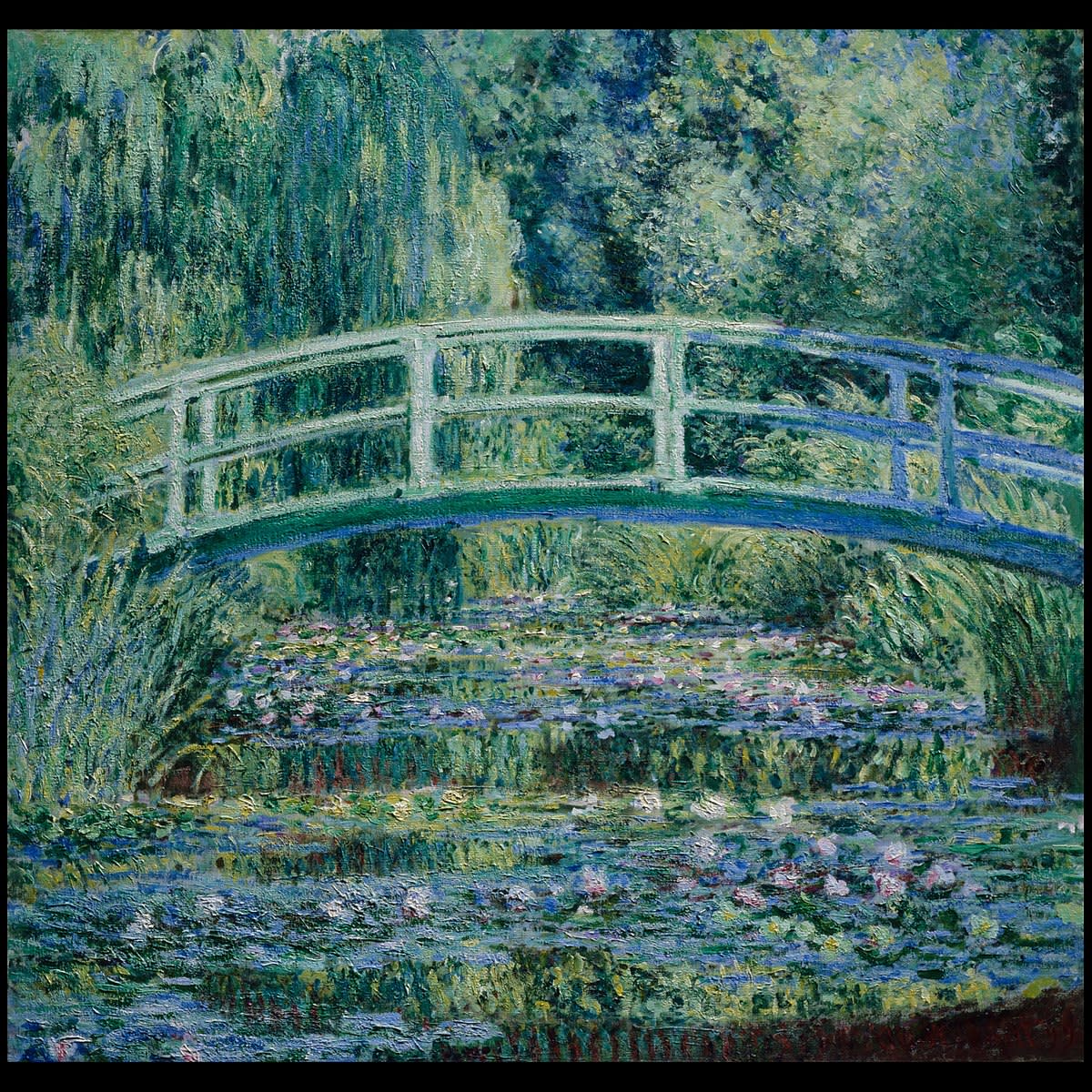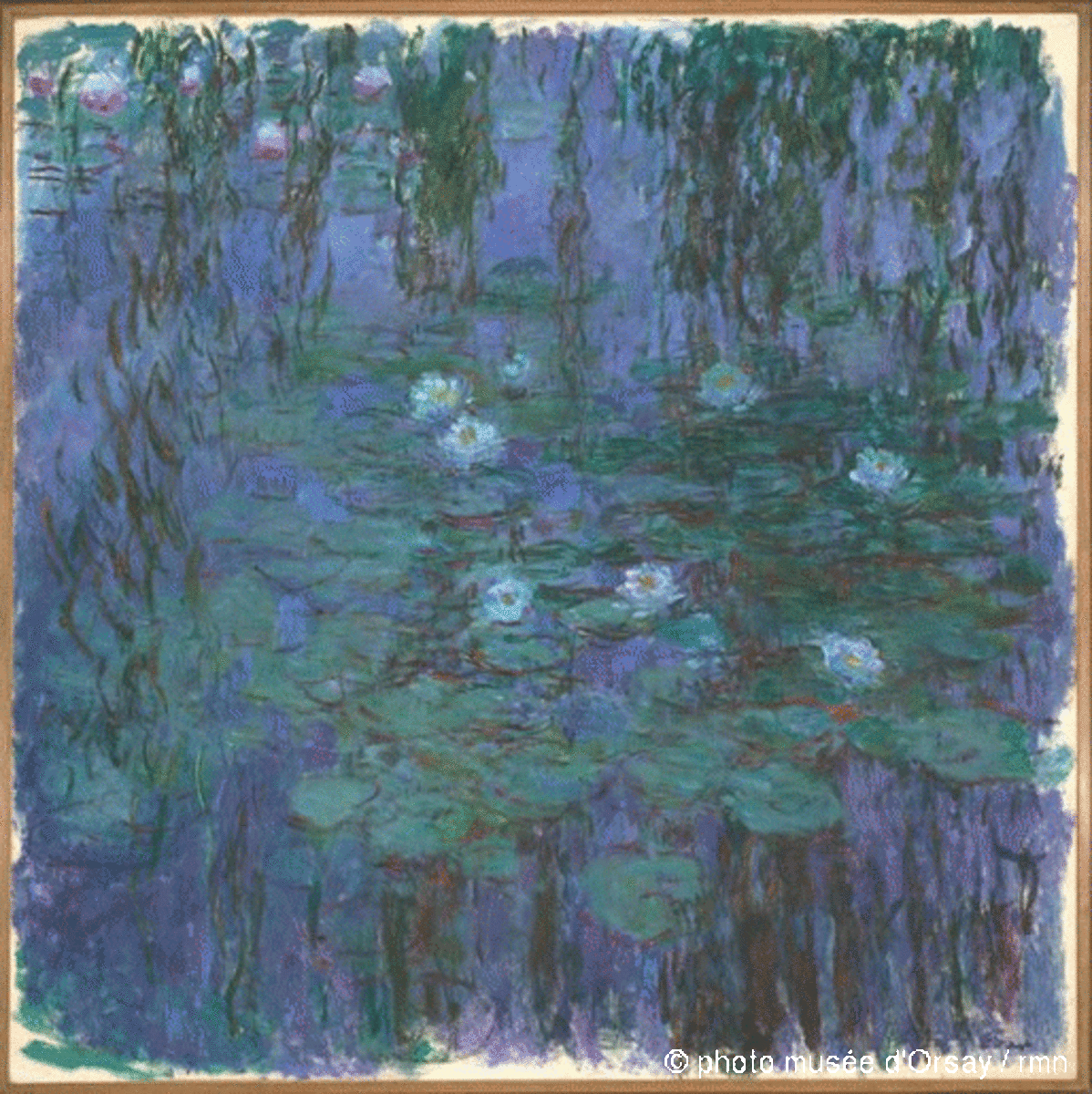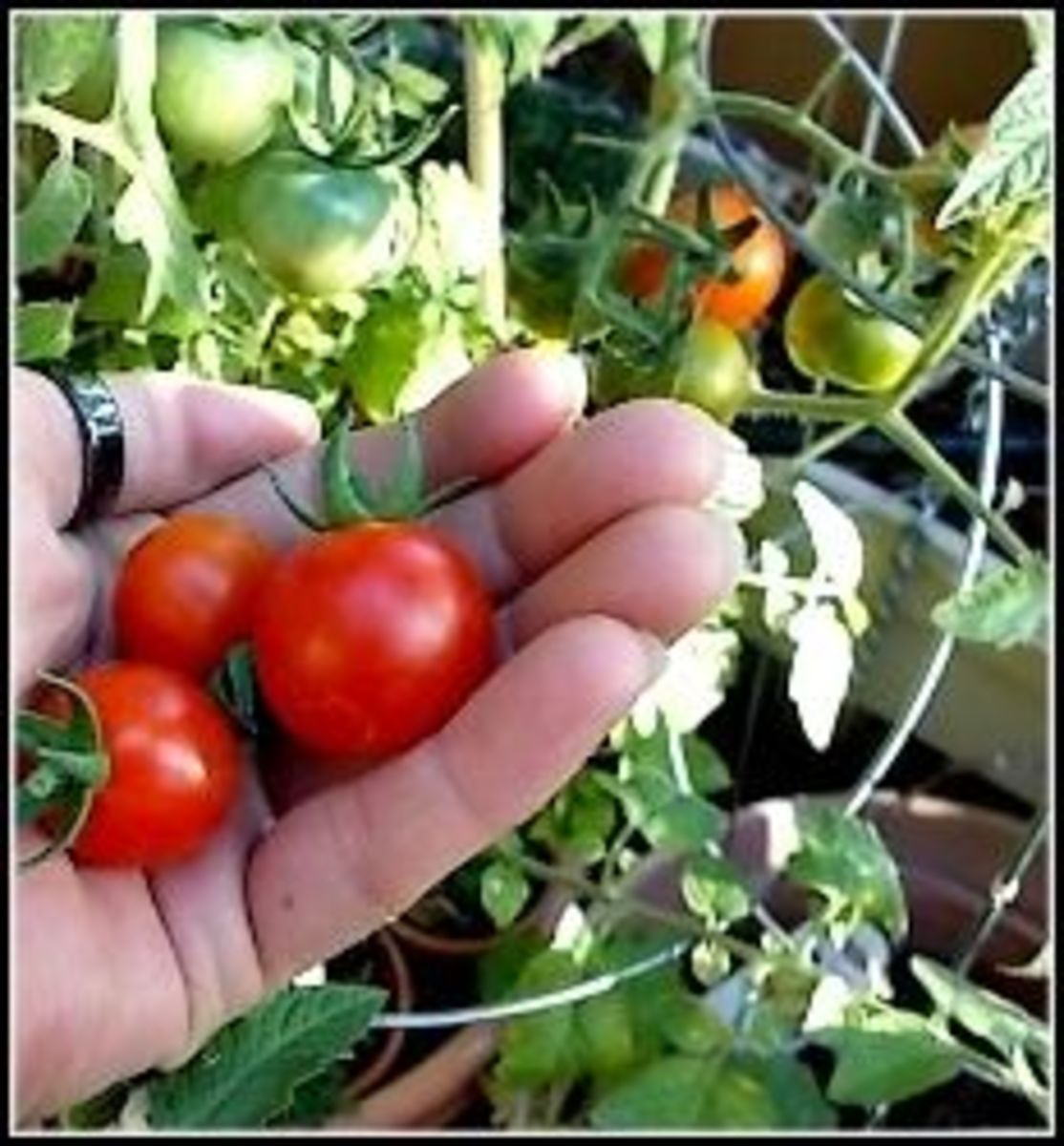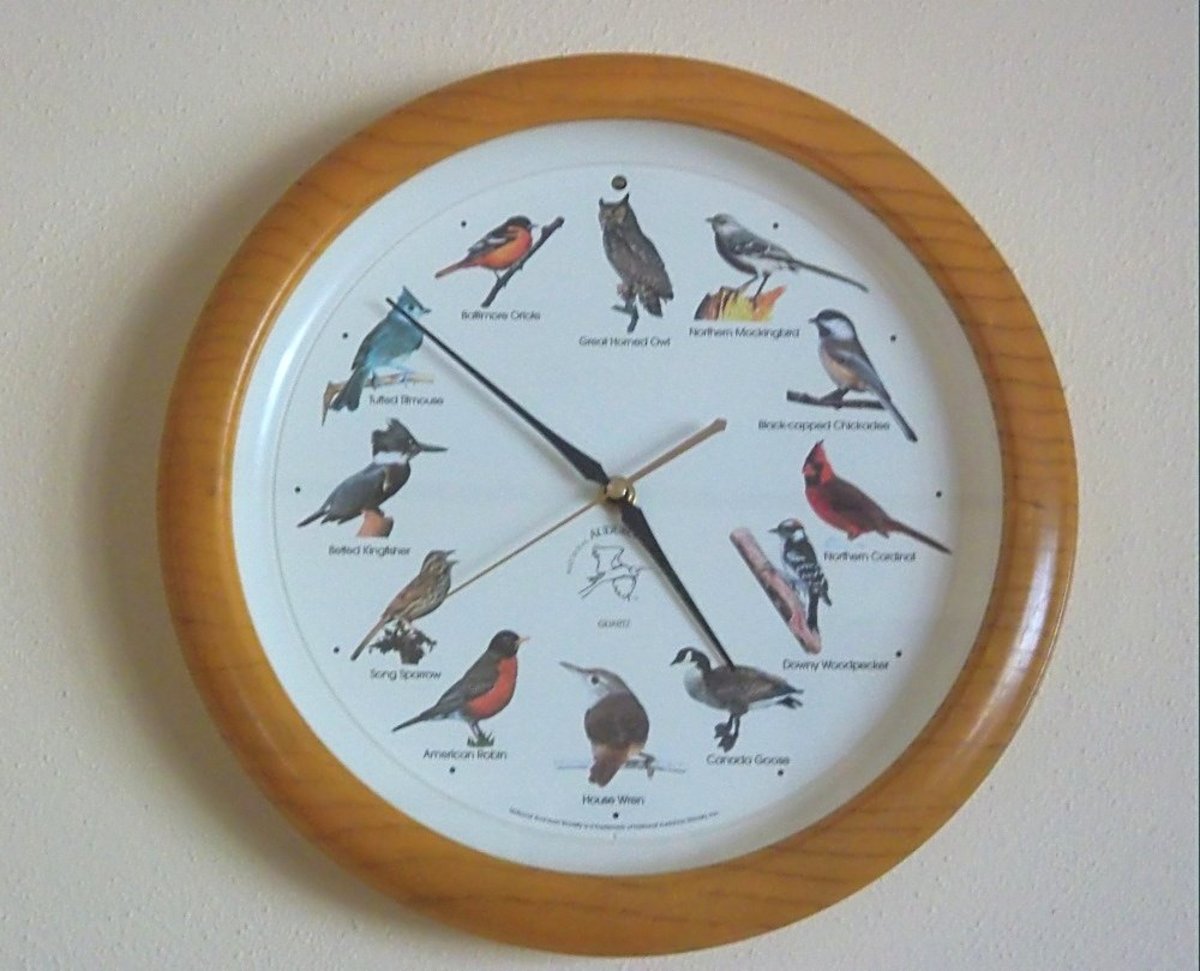The Enchanting World of Water Lilies
What Are Water Lilies?
Water lilies, as lovely as they are do not belong to the lily family, rather, they belong to the Nymphaea family of flowers which originates from temperate and sub tropical areas. Spread across the areas of Europe, North America, South America and Asia, they protect the waterways from algae and provide a naturally shaded oasis for the fish living in these still waters. Naturally occurring and for many years cultivated, these beauties add a touch of fantasy and elegance to a water garden.
The design of water lilies is ingenious. The petals center around the crown, growing progressively longer towards the outer borders, tapering to a point. This design allows them to remain dry at night because the outer petals close tightly around the inner petals as a self sealing waterproof container. The inner petals remain snug and protected. Some water lilies sit as plates on the water with upturned edges. These giant water lilies or Victoria Amazonica can have petals that are 3 to 6 feet across or larger. Everything that grows in nature has a reason to be here. It would be interesting to find out how these beauties evolved and why.
Amazonian water lilies have three defense mechanisms: 1) They are anchored solidly to the muddy river bottom, the weight of the mud holding their roots in place. 2) Some varieties have dozens of spikes on their underside to keep away herbivores. A manatee would have a never ending feast if these plants had no spikes. 3) The topside has a waxy surface and repels water.
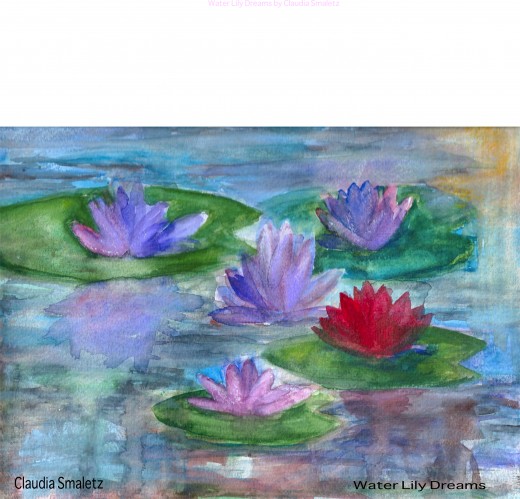
Looking Deeper Into Water Lilies
Water lilies are rhizotomous plants which must have have their roots protected. Protecting your water lilies protects your pond. They will act as natural umbrellas to the pond, shading out the burning sun. This in turn will prevent algae from growing out of control. Algae is a sun lover and thrives in the heat. You know that green scummy stuff you see on ponds? That is algae. It smothers everything in it's path. Water lilies are the defenders and beautifiers of the pond. they grace us with their delicate and sometimes very bold colors. You could have a Monet painting right in your own back yard. Nymphaea includes soft corals, yellow, deep reds, purples, pinks, whites, shell pinks, peaches, creams and even blue.
The yellow water lily or nuphar luteum is an outstanding water lily, almost a flower within a flower within a flower. Unlike other water lilies, the outside petals are very rounded instead of tapered as in the nymphaea variety. The center of the flower is an impressive study in architecture. The center has progressive layers of star shaped flowers, the very center most one is the smallest star flower sitting atop another slightly larger star flower that falls within yet another star shaped flower then surrounded by the rounded outer petals. This patterns reminds me of the beautiful Istanbul palace Aya Sofya or the Blue Mosque from an aerial view.
Care of Water Lilies
Water lilies are a perennial and by get by with very little help from you. But if you want your water lily to thrive, take care to do the following:
Start with the soil. The soil is better if it is closer to clay, it's natural environment in ponds. Think about it; have you ever stepped into a muddy pond on a hot summer day? This is the environment a water lily likes. There is a reason why clay loam is better than silty soil. In order for the the lily to be anchored at the bottom of the pond it requires the weight of a heavy clay soil otherwise the soil particles of a silty soil will float away along with any nutrients.
Tropical lilies require different care. Their tubers must be lifted every winter before the pond freezes over and the water cannot go below 70 degrees F. Whether tropical or hardy perennials, water lilies like it sultry! Hardy lilies can be left in the pond all winter long but do sink mature lilies to the bottom of the pond where the water will not freeze. If you want to lift tropical or perennial lilies, lift the whole container, lilies, dirt, everything and store in a plastic bag at around 50 degrees F. Otherwise, if left to their own devices, the hardy lilies will go dormant over the winter. Lifting is not necessary if your pond simply gets very cold but does not freeze.
If you forget how to tell the difference between perennial and tropical lilies watch how they grow. Tropicals will show their stem out of the water with their flower above the water line and perennial lilies will sit at or on the water line.
The containers used for water lilies should be wider rather than too deep. Plant the tuber at the side of the container because water lilies create a root system that runs horizontal. There do not need to be drainage holes in the container. You want your water to be clear but the soil the lilies live and grow in to be mud like. Clear water will reflect the true beauty of your lilies
These wide containers will accommodate the tubers which which lay on their side. When planting them in a container, plant as you would an iris with the rhizome lying horizontal and any shoots facing upright. Push the tuber into the soil slightly and feed with a fertilizer if you feel it is necessary. I think, for the most part, if you have excellent soil, the microbes in the soil will fully support your lily. Again the type of soil here is important. Do not use any soil with perlite or vermiculite which makes soils light and fluffy. This is not what you want.
If you are lifting your lilies out of the pond to divide, take out any decaying material and trim out any thicker roots and separate with a sharp knife. This may seem counterintuitive but by doing this you will get a healthier plant. When planting your divisions, plant in the same thick soil of the parent lilies and cover with pea gravel to keep the soil in the container when placed in the water. Sink the basket about 6 inches initially and as the lilies grow larger second leaves, then sink 4 to 6 inches deeper. Don't sink the lilies to the deepest level of your pond all at once, they must have enough warmth and sunshine to thrive. Sink the lilies in stages so with each new set of leaves and a few inches of stem growth it is safe to sink a little further into your pond. Don't shock your lilies. Gently habituate them to their new environment. This way you will have strong healthy lilies.

